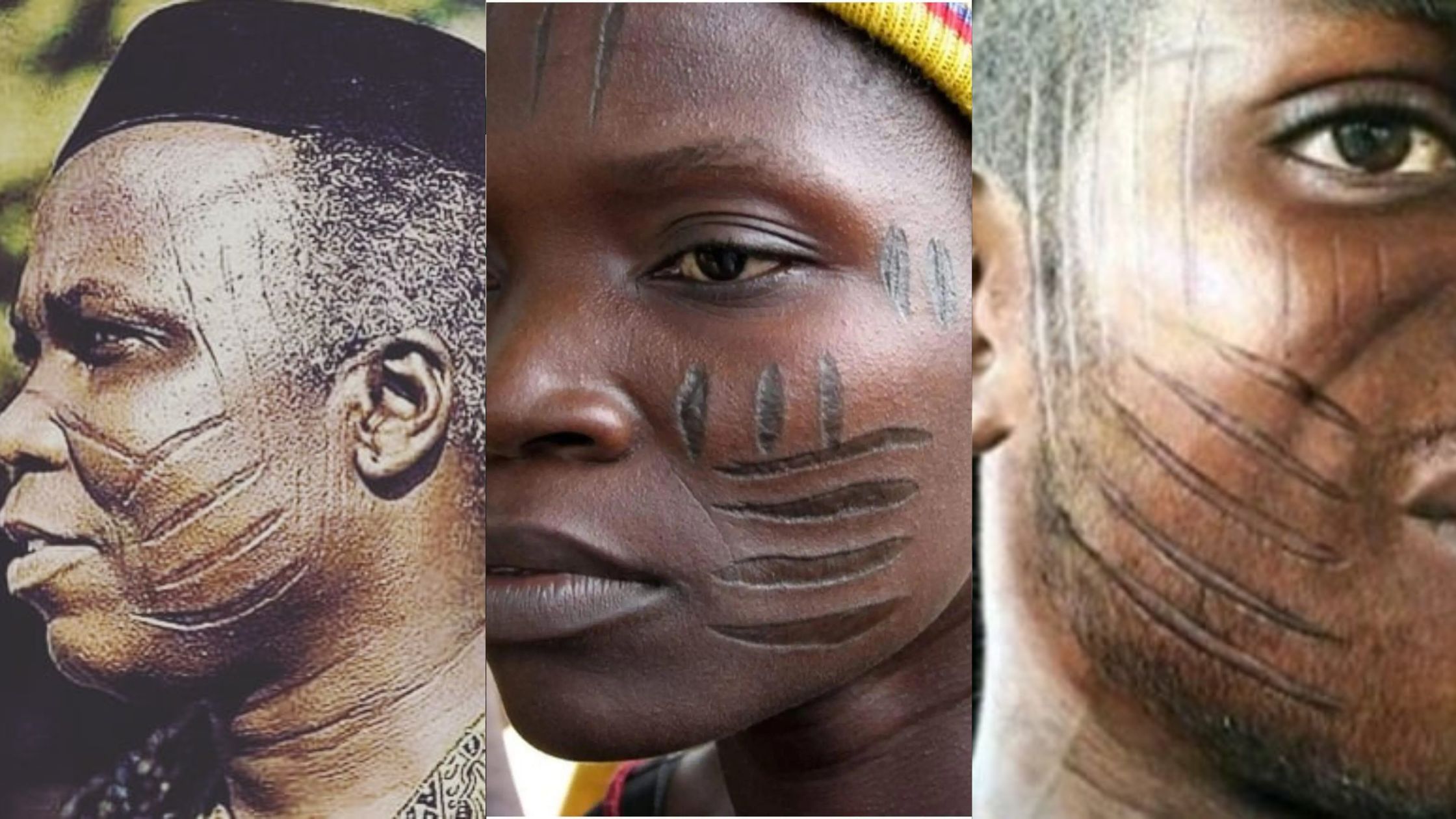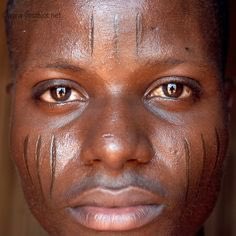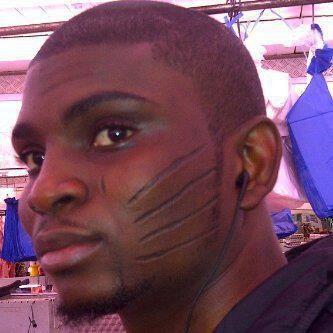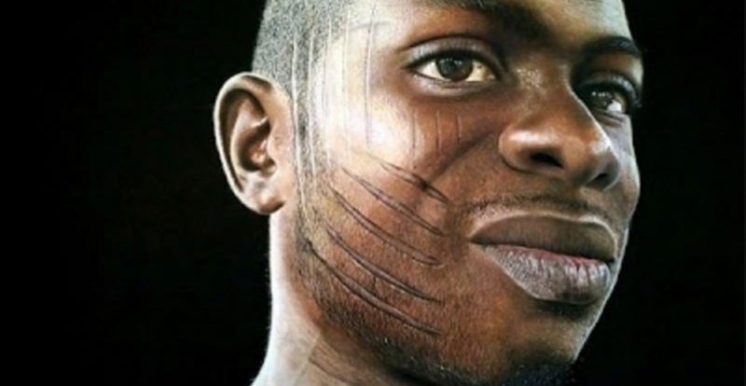Guides
Tribal Marks Styles In Nigeria
The Yoruba tribal marks are scarifications which are specific identification and beautification marks designed on the face or body of the Yoruba people. The tribal marks are part of the Yoruba culture and are usually inscribed on the body by burning or cutting of the skin during childhood.

The Yoruba tribal marks are scarifications which are specific identification and beautification marks designed on the face or body of the Yoruba people. The tribal marks are part of the Yoruba culture and are usually inscribed on the body by burning or cutting of the skin during childhood.
The primary function of the tribal marks is for identification of a person’s tribe, family or patrilineal heritage. Other secondary functions of the marks are symbols of beauty, Yoruba creativity and keeping mischievous children alive (ila Abiku). During the trans-Atlantic slave trade, tribal identification and facial stripes became important.
The facial marks on the child assign the child full clan membership rights. The children with facial marks are called Okola. Families or individuals lacking the normal features consistent with the tribe are not considered as acquiring full standing as agents in Yoruba society.
Each tribe of the Yoruba ethnic group had different inscription patterns which appeared in different sizes and shapes at different locations within the face or body. The location and position of the mark’s inscription depend on the tribe and culture.
Common Tribal Marks styles In Yoruba Land
1. Pele

The Pele style of tribal mark is three vertical lines inscribed on the cheeks.
People have different variants. The variants include; Pele Ife, a three vertical lines inscribed on the cheek. It is peculiar to the Ile Ife people. Pele Ijebu and Pele Ijesha are other variants of Pele. Both variants are three short vertical lines inscribed on the cheeks.
2. Owu

Owu tribal marks consist of six incisions on each side of the cheeks and are peculiar to the indigenes of Owu, a historical city in Abeokuta, the capital of Ogun State, Nigeria. The Owu tribal mark was inscribed on the cheeks of Chief Olusegun Obasanjo, who was a former President of the Federal Republic of Nigeria.
3. Gombo

The Gọmbọ style, also known as Kẹkẹ, consists of multiple straight and curved lines about half of an inch apart inscribed on the cheeks on both sides of the mouth. Indigenes of Ogbomosho in Oyo State are usually identified by the Gombo or Kẹkẹ style of Yoruba tribal marks.
4. Abaja

Abaja can be both a basic and a complex style. In its basic form, it is either three or four horizontal stripes on the cheeks. The Abaja style also consists of twelve horizontal lines, six lines per cheek. It is often referred to as “Abaja Alaafin Mefa Mefa”. This tribal mark is unique to the indigenes of Oyo, Nigeria. The Abaja style of Yoruba tribal mark was inscribed on the cheeks of Lamidi Adeyemi III, the late Alaafin of Oyo. Other Yoruba tribal marks include Ture, Mande, Bamu and Jamgbadi.
More Articles on RNN
- The Origin Of Tribal Marks In Nigeria
- Famous Deities In Yoruba Land
- Top 10 Richest Yoruba Celebrities 2023
- 8 Popular Yoruba Actors/Actresses Who Are Non-Yoruba

Ether
September 24, 2023 at 5:26 PM
nice one